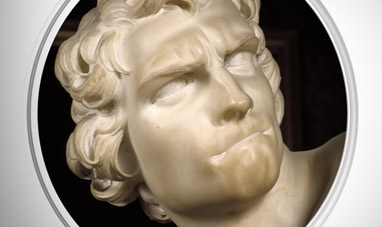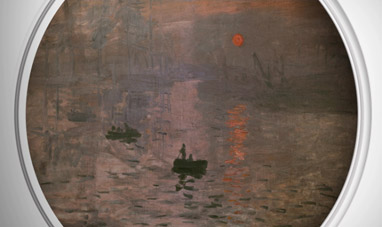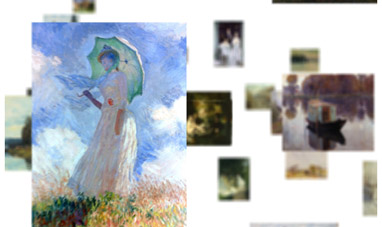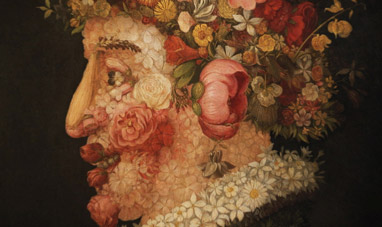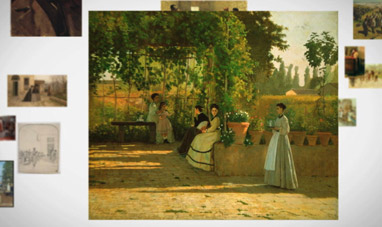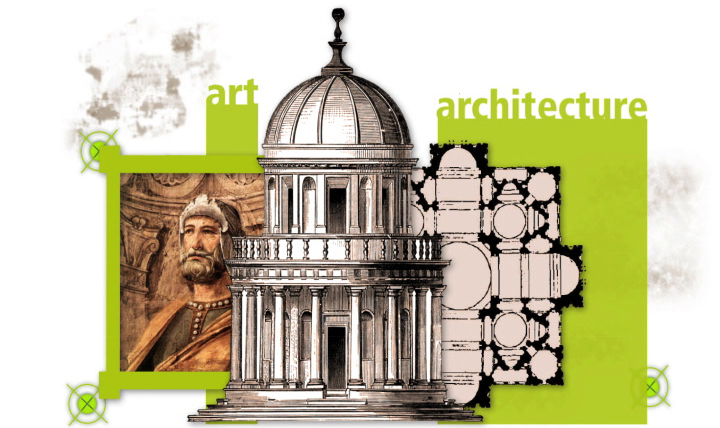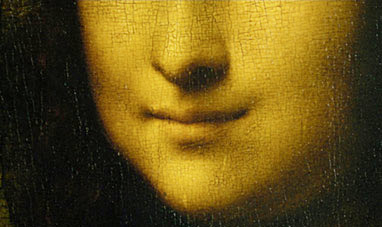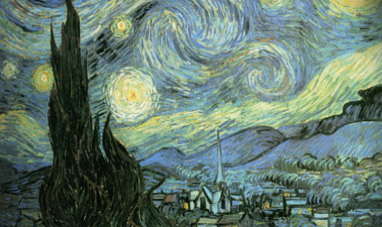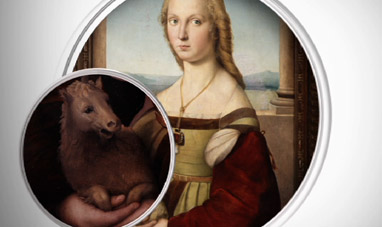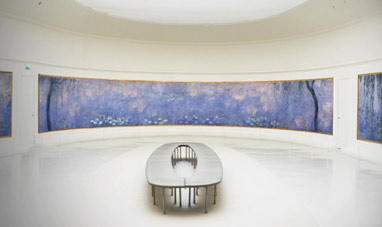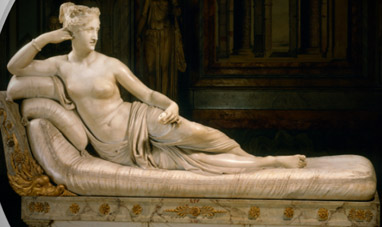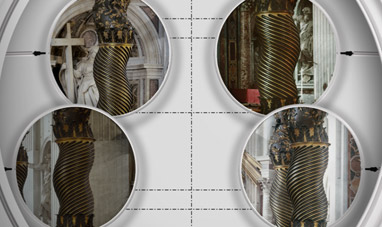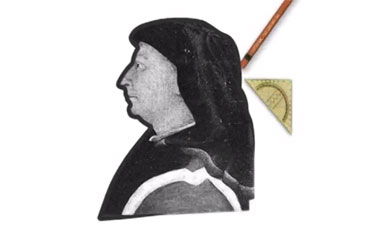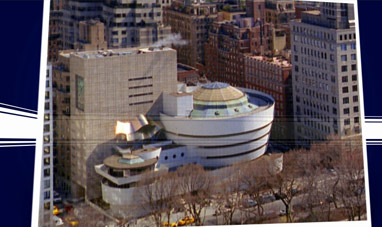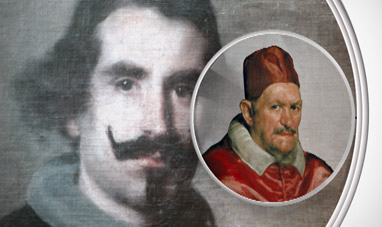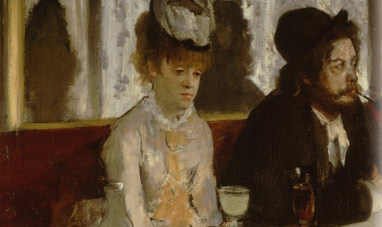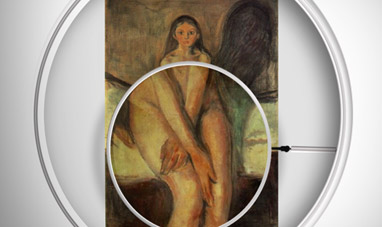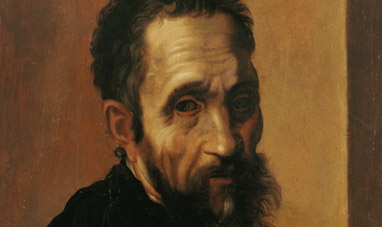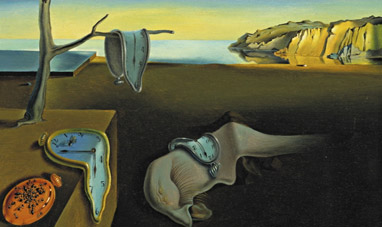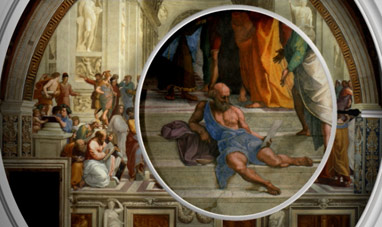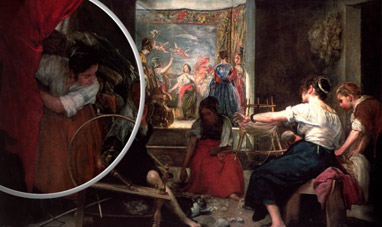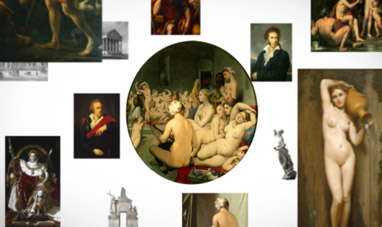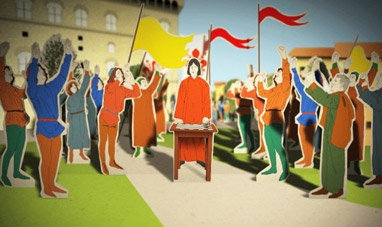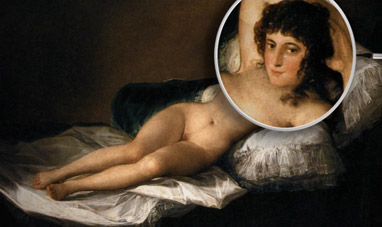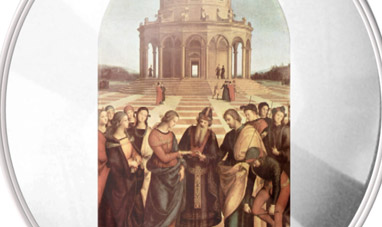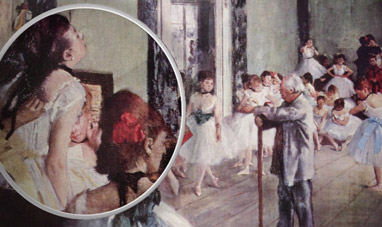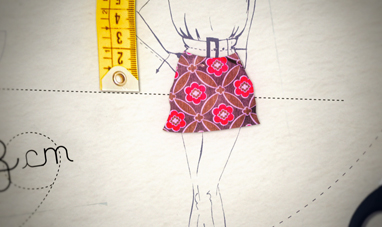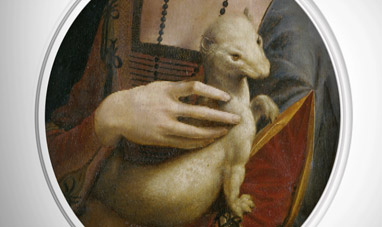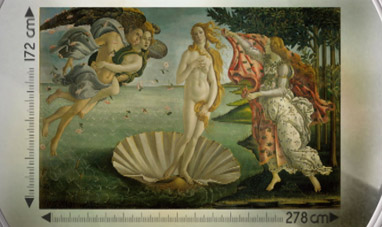The Last Supper is a wall painting measuring 4.6 meters high and 8.8 meters wide. Its creator, Tuscan artist Leonardo da Vinci, painted it between 1494 and 1498 in the refectory of the Milanese monastery Santa Maria delle Grazie, upon a commission by the Duke of Milan Ludovico Sforza. The subject of the artwork is part of traditional Catholic iconography, portraying Christ’s Last Supper with the apostles before his arrest. Da Vinci designed the painting as an extension of the perspective of its actual environment, as if the refectory of the monastery was the room in which the last supper was eaten, with Jesus seated at its center. Da Vinci chose not to work on fresh plaster, as was usual for frescoes, but directly on the dry walls. He did this because frescoes dry immediately, and the artist needed long pauses and the opportunity to touch up his handiwork. He chose the tempera method instead, a technique that dried more slowly. His choice soon proved unfortunate. The Last Supper began to deteriorate not long after it was completed.
While the theme of The Last Supper was traditional, da Vinci’s approach was completely innovative. As had already happened for the painting Portrait of a Lady with an Ermine, completed around 1490, the people are depicted as if in a photograph. Da Vinci portrayed the moment in which Jesus announced that he would be betrayed, expressing a different feeling through each disciple’s facial expression. Da Vinci’s dynamic interplay of nods and glances was nothing like other artworks on the subject, where the Apostles were always shown seated in a composed line. Only Judas, the Apostle who betrayed Jesus, seems isolated. He is the only one not gesturing, but rather leaning forward and watching with an expression of suspicion or rage on his face that contrasts the resigned calm in Christ’s expression. Although realistic, da Vinci’s work did not shy from symbolism. The number 3 occurs several times, referring to the Christian Trinity uniting the Father, Son and Holy Ghost in God. Seated at the center, Christ recalls the shape of a triangle, while the Apostles are divided into groups of three. There are also three windows behind the figure of Jesus.
Over the centuries, preserving da Vinci’s masterpiece has proved extremely problematic. The situation is complicated not just by the technique da Vinci used, but also by the dampness of the room, which has caused fractures in the supports behind the painting. The last in an endless series of restorations took place between 1978 and 1999. But it proved impossible to recover the bottom of the fresco, including Christ’s feet under the table, because during the seventeenth century monks opened a doorway in the wall, connecting the refectory to the kitchen. The Last Supper can be admired in Milan in the monastery refectory at Santa Maria delle Grazie.
While the theme of The Last Supper was traditional, da Vinci’s approach was completely innovative. As had already happened for the painting Portrait of a Lady with an Ermine, completed around 1490, the people are depicted as if in a photograph. Da Vinci portrayed the moment in which Jesus announced that he would be betrayed, expressing a different feeling through each disciple’s facial expression. Da Vinci’s dynamic interplay of nods and glances was nothing like other artworks on the subject, where the Apostles were always shown seated in a composed line. Only Judas, the Apostle who betrayed Jesus, seems isolated. He is the only one not gesturing, but rather leaning forward and watching with an expression of suspicion or rage on his face that contrasts the resigned calm in Christ’s expression. Although realistic, da Vinci’s work did not shy from symbolism. The number 3 occurs several times, referring to the Christian Trinity uniting the Father, Son and Holy Ghost in God. Seated at the center, Christ recalls the shape of a triangle, while the Apostles are divided into groups of three. There are also three windows behind the figure of Jesus.
Over the centuries, preserving da Vinci’s masterpiece has proved extremely problematic. The situation is complicated not just by the technique da Vinci used, but also by the dampness of the room, which has caused fractures in the supports behind the painting. The last in an endless series of restorations took place between 1978 and 1999. But it proved impossible to recover the bottom of the fresco, including Christ’s feet under the table, because during the seventeenth century monks opened a doorway in the wall, connecting the refectory to the kitchen. The Last Supper can be admired in Milan in the monastery refectory at Santa Maria delle Grazie.

